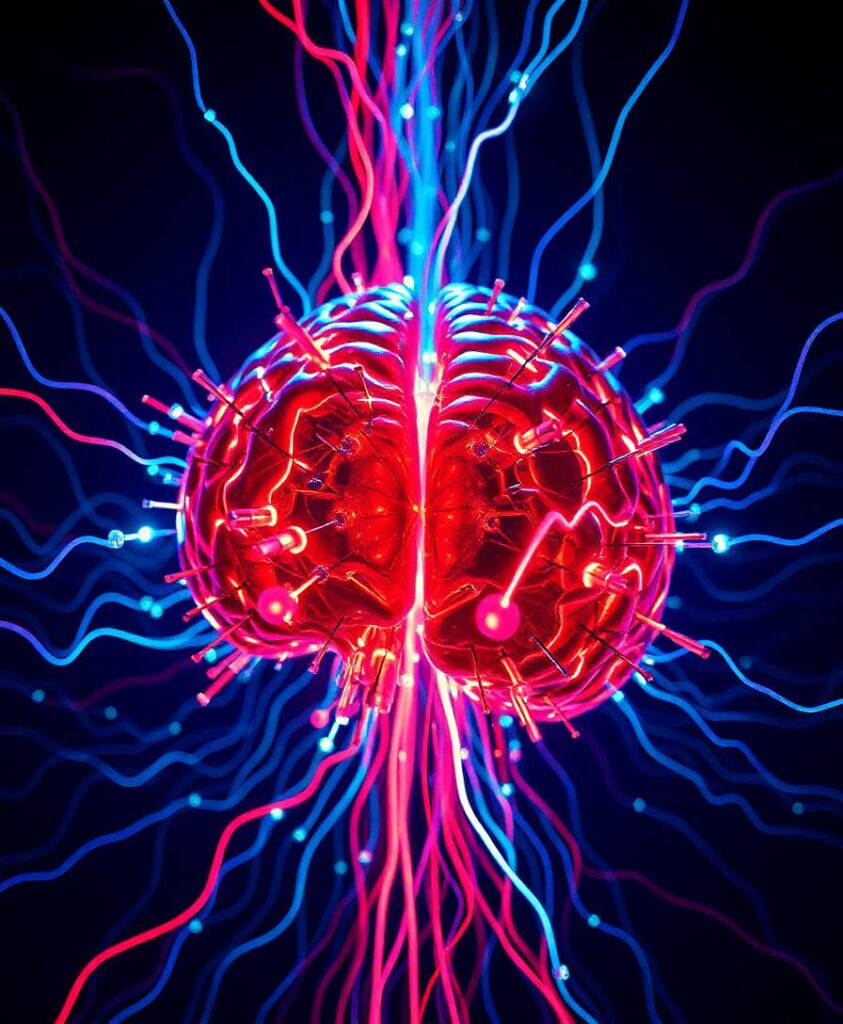BackgroundEffectively decoding electroencephalogram (EEG) pattern for specific mental tasks is a crucial topic in the development of brain-computer interface (BCI). Extracting common spatial pattern (CSP) features from motor imagery EEG signals is often highly dependent on the selection of frequency band and time interval. Therefore, optimizing frequency band and time interval would contribute to effective feature extraction and accurate EEG decoding.ObjectiveThis study proposes an approach based on an improved novel global harmony search (INGHS) to optimize frequency-time parameters for effective CSP feature extraction.MethodsThe INGHS algorithm is applied to find the optimal frequency band and temporal interval. The linear discriminant analysis and support vector machine are used for EEG pattern decoding. Extensive experimental studies are conducted on three EEG datasets to assess the effectiveness of our proposed method.ResultsThe average test accuracy obtained by the time-frequency parameters selected by the proposed INGHS method is slightly better than artificial bee colony (ABC) and particle swarm optimization (PSO) algorithms. Furthermore, the INGHS algorithm is superior to PSO and ABC in running time.ConclusionThese superior experimental results demonstrate that the optimal frequency band and time interval selected by the INGHS algorithm could significantly improve the decoding accuracy compared with the traditional CSP method. This method has a potential to improve the performance of MI-based BCI systems.

